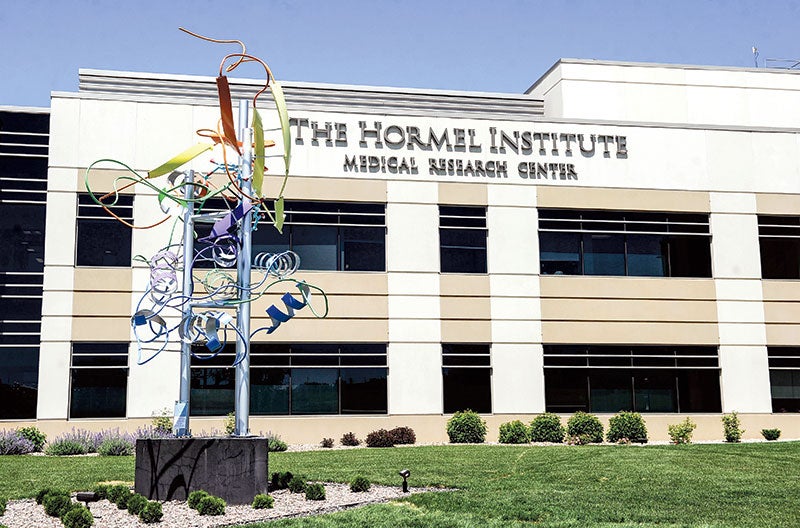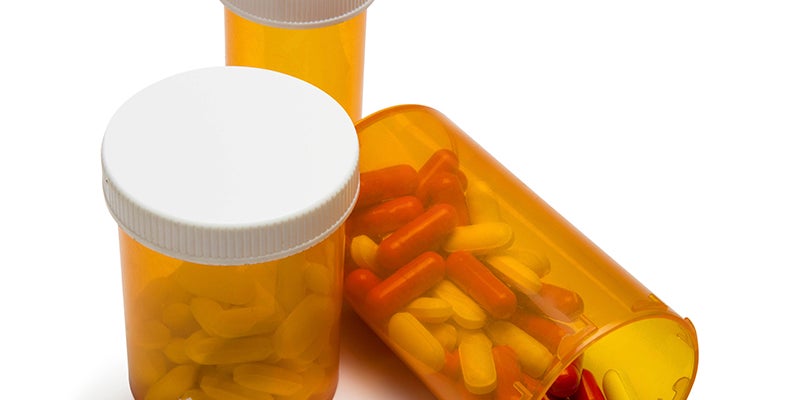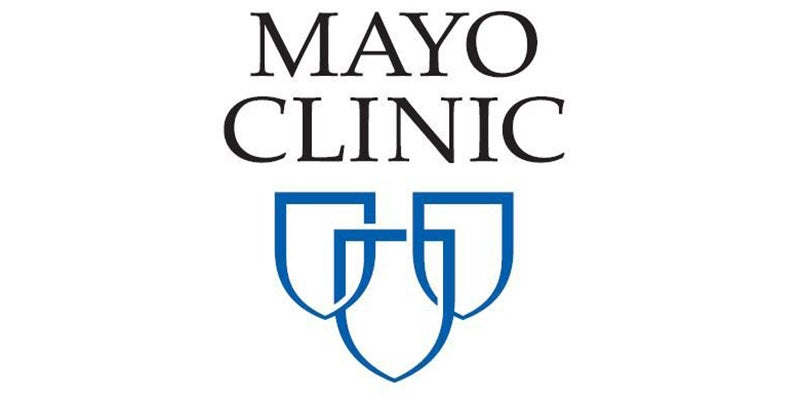Drinking-water tests were flawed, state Health Department admits
Published 10:47 am Friday, February 12, 2016
By Josephine Marcotty
Minneapolis Star Tribune
Lab tests for hundreds of Minnesota’s community drinking water systems may have underreported the level of some contaminants for the past two decades, the state Department of Health said Thursday.
The health risk is extremely low, it said, but the discovery earlier this week of a procedural error has a launched a major review to ensure the accuracy of the state’s water testing system.
“It should not have happened, and we are moving swiftly to correct it,” said Dr. Ed Ehlinger, Minnesota’s health commissioner.
Health officials said local government employees and staff at its Environmental Health Division have been incorrectly handling samples taken from the nearly 1,500 public drinking water systems the state regulates under the Safe Water Drinking Act.
The mistake was discovered through an ongoing quality review of the state’s testing protocols. It revealed that some of the thousands of samples taken every year from water treatment and water distribution systems were not refrigerated to 40 degrees during transport between the testing site and the laboratory, meaning that the sample could degrade while en route.
The glitch was restricted primarily to organic chemicals — such as fertilizers, solvents and common household chemicals — and probably would have caused small measurement errors, officials said. It did not affect testing for lead, other heavy metals, fluoride, nitrates, bacteria and other infectious agents.
In 2015, the Health Department tested about 2,800 drinking water samples for the chemicals in question. That was about 30 percent of the total water samples it collected and analyzed last year, a number that can vary annually.
Ehlinger said that any health risks would be small, and at this point, impossible to measure. But the state plans to redo all the suspect tests to ensure that its data accurately reflects the level of those contaminants in the systems.
“Our first priority is to make sure we do the testing, do it right, and reassure people they have safe drinking water,” he said.
It’s not clear yet how many community drinking water systems might be affected. But about 300 are at higher risk — either because they are dealing with related contamination issues or because they are in some way vulnerable — and will get immediate attention, officials said.
It’s the second time in recent months that the Health Department has disclosed testing problems at its labs. In September it announced that hundreds of water-quality tests were compromised by the failure of a lab analyst to calibrate equipment.




